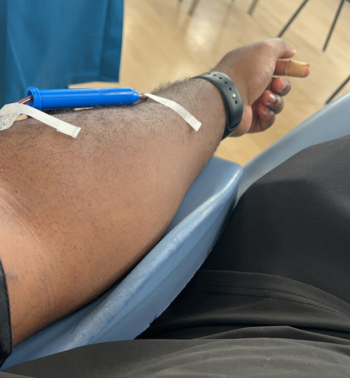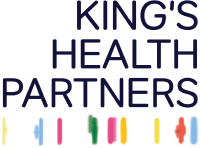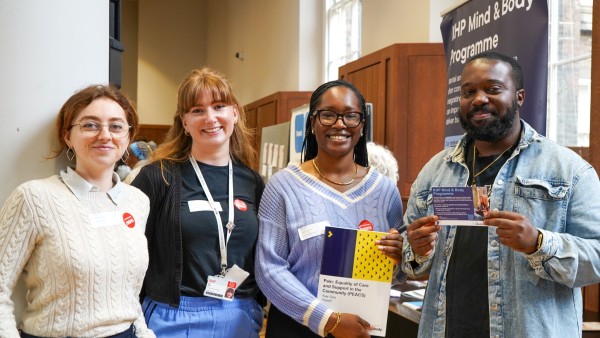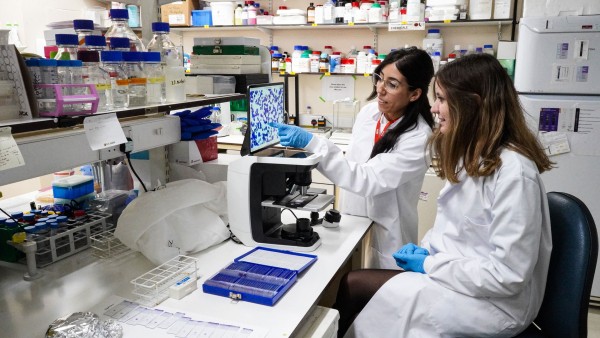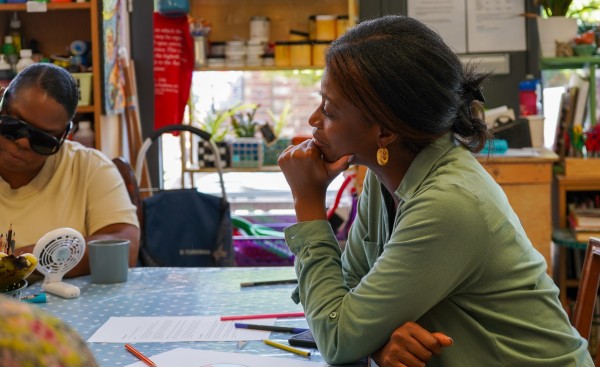12 November 2024
An increased demand for some rare blood subtypes has inspired a campaign from NHS Blood and Transplant to encourage more people of Black heritage to donate blood, to give better blood matches for those who need it. Some subtypes, such as Ro, are vital in treating sickle cell and are more common in people of Black heritage
In his KHP Mind & Body blog, Carl Nwabudike talked about how it felt giving blood for the first time, and what motivated him to make this kind decision:
From nervous to noble: my journey of first-time blood donation
On Friday 25 October 2024 — I gave blood for the first time. October is Black History Month in the UK and it felt like a good time for my first donation. Only 2% percent of blood donors in the UK are Black so I wanted to improve that statistic with my contribution.
I signed up weeks prior and was trying to figure out when I would have time to actually donate blood. In actuality I probably rearranged my appointment about five times... I’m sure the appointment booking team were sick of me! Fast forward to Friday 25 October, and my appointment was bang on 5:30pm. Approaching the community hall was daunting with all the signage and other information but I persevered and found my way into the space. The hall was busy and full of people, but I was seen quickly by the staff checking in donors at the front desk.
Checking iron levels
I was taken to a private booth where I discussed my pre-donation questionnaire (received by post) answers with a volunteer. He also checked where I had travelled earlier in the year, asked how I felt, and took a blood sample to check my iron levels. For some reason the blood in my finger decided to spurt everywhere when he squeezed it to take a blood drop, that was apparently the first time that had happened!
After the pre-assessment, a nurse came to collect me and explain some more of the process to me - as well as seat me and check which arm I'd prefer the blood to be taken from. The nurse somewhat struggled with where to take my blood from, she had to get a second opinion from a nurse supervisor. I would rather them have triple-check anything before injecting me with a needle! The extraction process was fine. I was given some instructions to make an open and closed fist, and to move my legs around in certain way to keep the blood circulating well.
Sweet and salty snack
Overall the process was simple. I don’t think I was even in the chair for more than 10 minutes before I was taken out of the chair, unhooked, and provided with a sweet and salty snack and some water. I was told to sit down for 20 minutes as sometimes people feel faint or tired after donating blood so they wanted to make sure that I was ok before I left their care. I did in fact feel a bit faint when I stood up right after the blood donation process, but I was fine after the previously mentioned light snacks and water.
I was able to find out my blood type, which is O+. his was exciting as in 30 years I had never enquired or been told my blood type. O positive blood is the most needed blood type because it's compatible with over 80% of the population and is often used in emergency situations. I used this donation opportunity to also enquire about the stem cell register. The general blood donation process was short and snappy, and is definitely something I would do again.
What you can do? - you can look at your location blood donation drives and you can give blood. Now is a better time than ever as blood stocks are critically low, so do your bit and help where you can.
